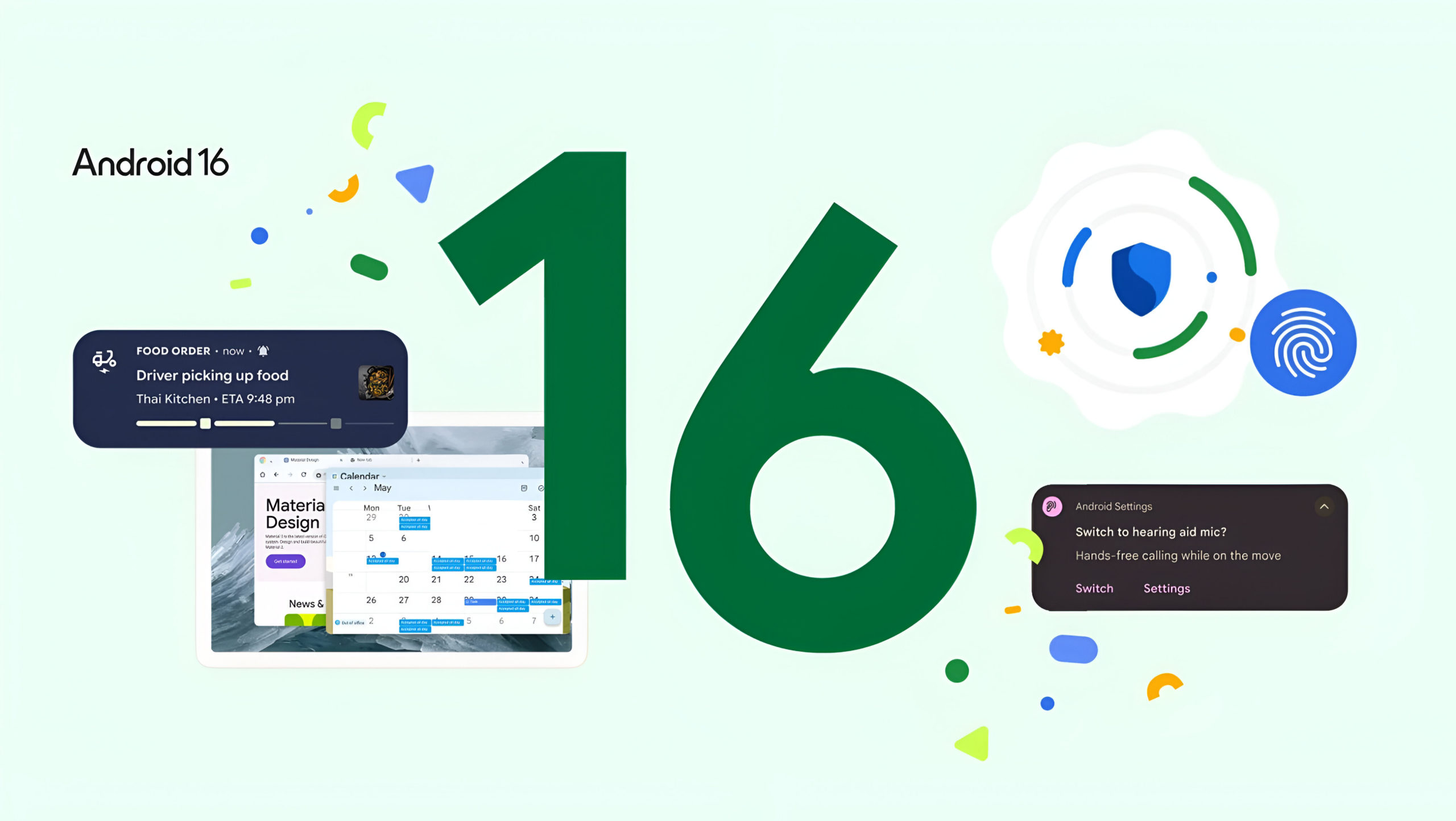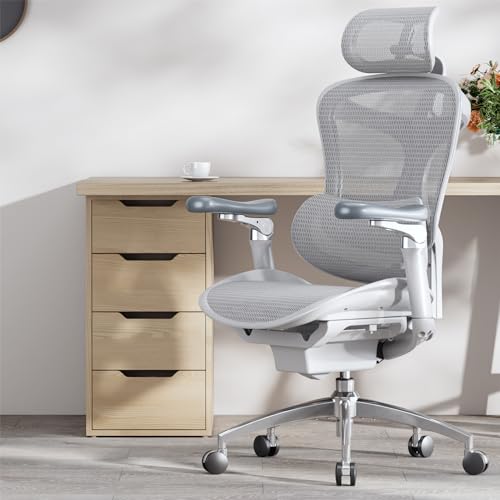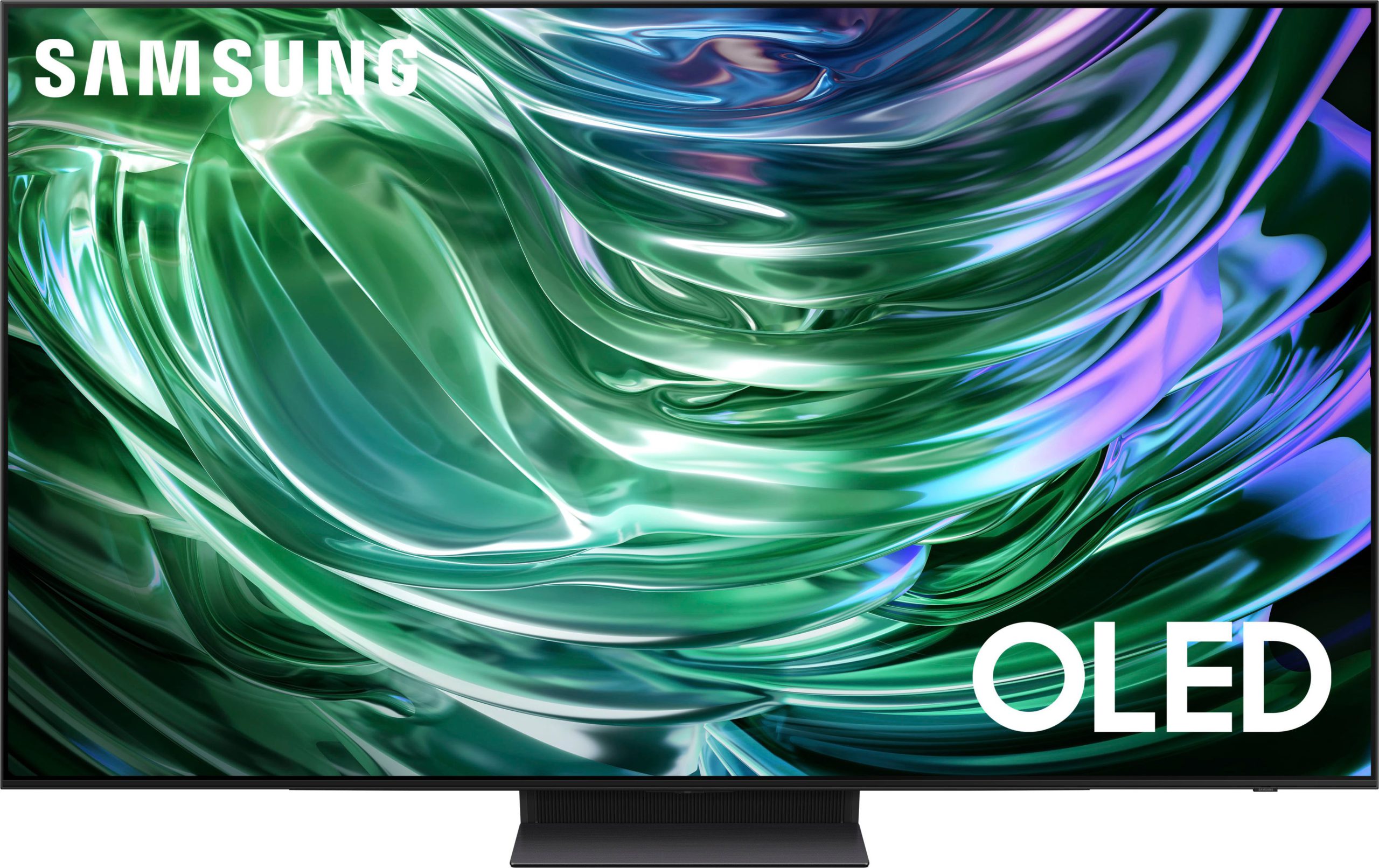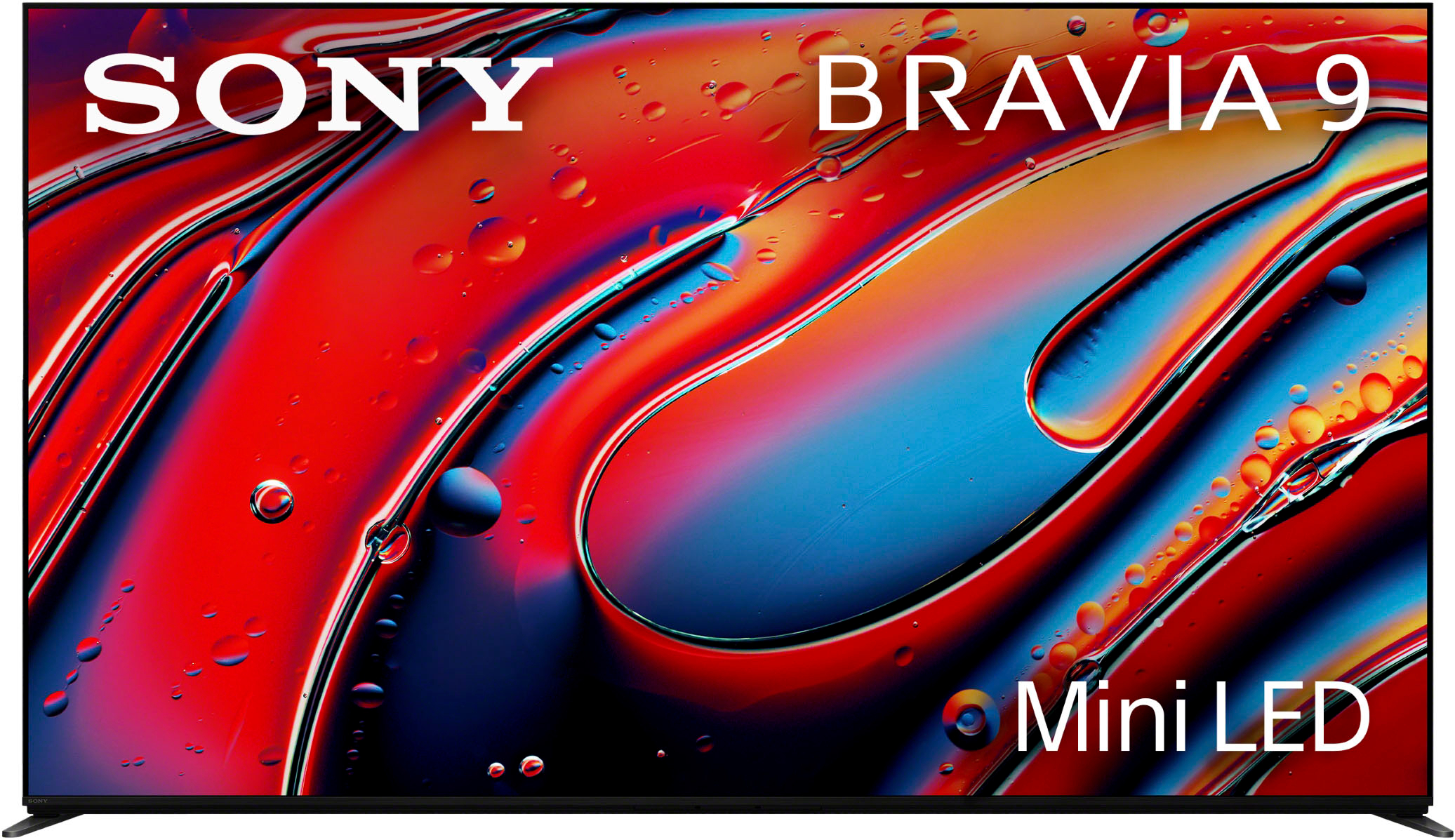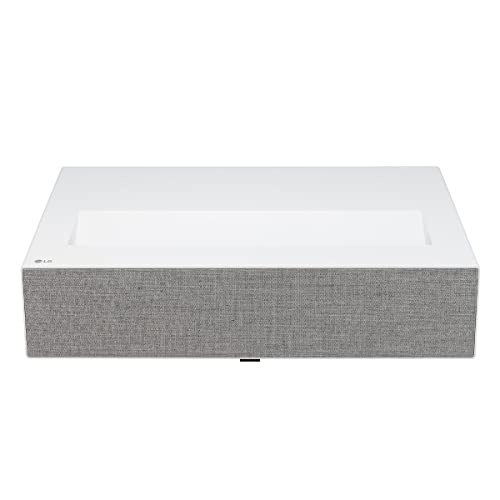One of the Google Pixel features is arriving quietly with Android 16. While it’s not flashy, the early rollout trims down notification chaos and sets the stage for time-saving updates still waiting in the wings.
The Notification Upgrade You Didn’t Know You Needed
Dead phone anxiety meets its match with Android 16’s streamlined notifications. Your ride-share updates and food delivery tracking now live-update without you compulsively checking apps every thirty seconds. Notifications from the same app finally group like civilized adults instead of carpet-bombing your attention span.
This isn’t just aesthetic housekeeping—grouped notifications reduce cognitive load and make information easier to process. The new Material 3 Expressive design also makes everything more accessible, with larger touch targets and clearer visual hierarchies that address longstanding usability complaints. Learn more about Material 3 Expressive.
For hearing aid users, Android 16 delivers genuine improvements. You can now switch from your hearing aid’s microphone to your phone’s during calls, eliminating that frustrating background noise that makes conversations sound like they’re happening underwater.
Security That Matters
Google’s Advanced Protection sounds like marketing fluff until you realize it’s their strongest mobile security offering yet. This shields you from online attacks, malicious apps, and those increasingly sophisticated scam calls that somehow know your aunt’s maiden name.
With mobile security threats becoming more sophisticated daily, robust protection has shifted from nice-to-have to essential.
The Desktop Dream Deferred
Here’s where things get interesting: desktop windowing for tablets is coming later this year. Samsung’s collaboration with Google promises the ability to open, move, and resize multiple app windows on one screen—turning your tablet into a laptop replacement that doesn’t suck.
Early developer testing suggests this could genuinely change how you approach productivity on large screens. Imagine editing documents while referencing research tabs and monitoring communications simultaneously, all without the mental overhead of constant app-switching. It’s the remote work setup your home office has been begging for since 2020.
Unlike Apple’s rigid Stage Manager or even Samsung’s existing DeX mode, Google’s approach prioritizes flexibility over forced workflows. You’re not locked into predetermined window arrangements that feel designed by someone who’s never actually multitasked on a deadline.
Your tablet might finally justify its existence beyond Netflix binges and TikTok scrolling sessions.
Why the Staged Rollout Actually Makes Sense
Google’s playing the long game here. Releasing core functionality early ensures stability while building anticipation for the productivity enhancements arriving later. It’s strategic patience rather than incomplete execution—a refreshing change from the “ship it broken, fix it later” mentality that plagued earlier Android releases.
The early release strategy also gives developers time to optimize their apps for the desktop windowing features before they hit mainstream users. Smart move, considering how many apps still feel like blown-up phone interfaces on tablets.
This measured approach suggests Google’s finally learned from past Android launches where ambitious features arrived half-baked and frustrated users more than they impressed them.
Your Android experience is about to get significantly more thoughtful, even if the headline features are still a few months away.

